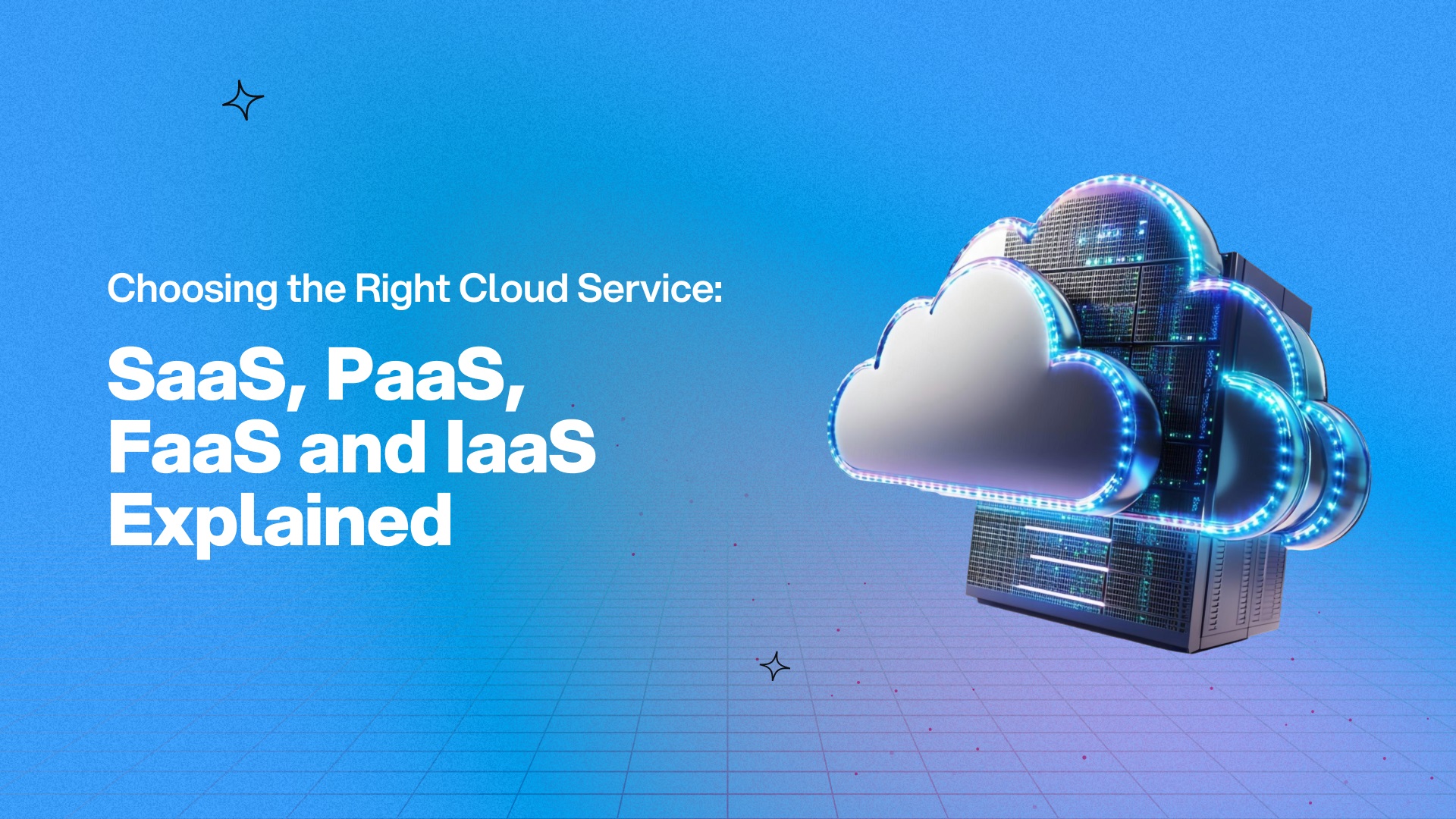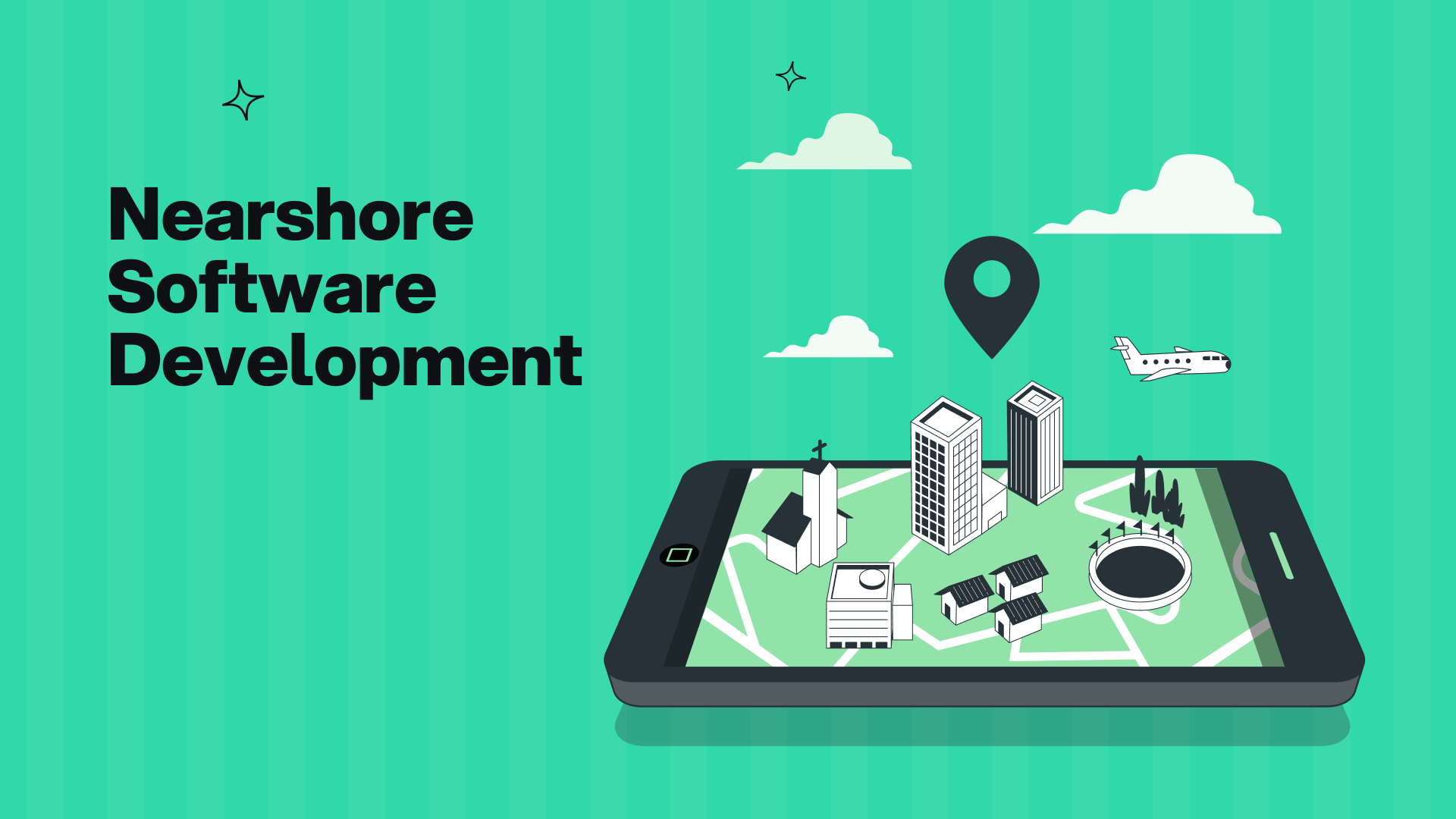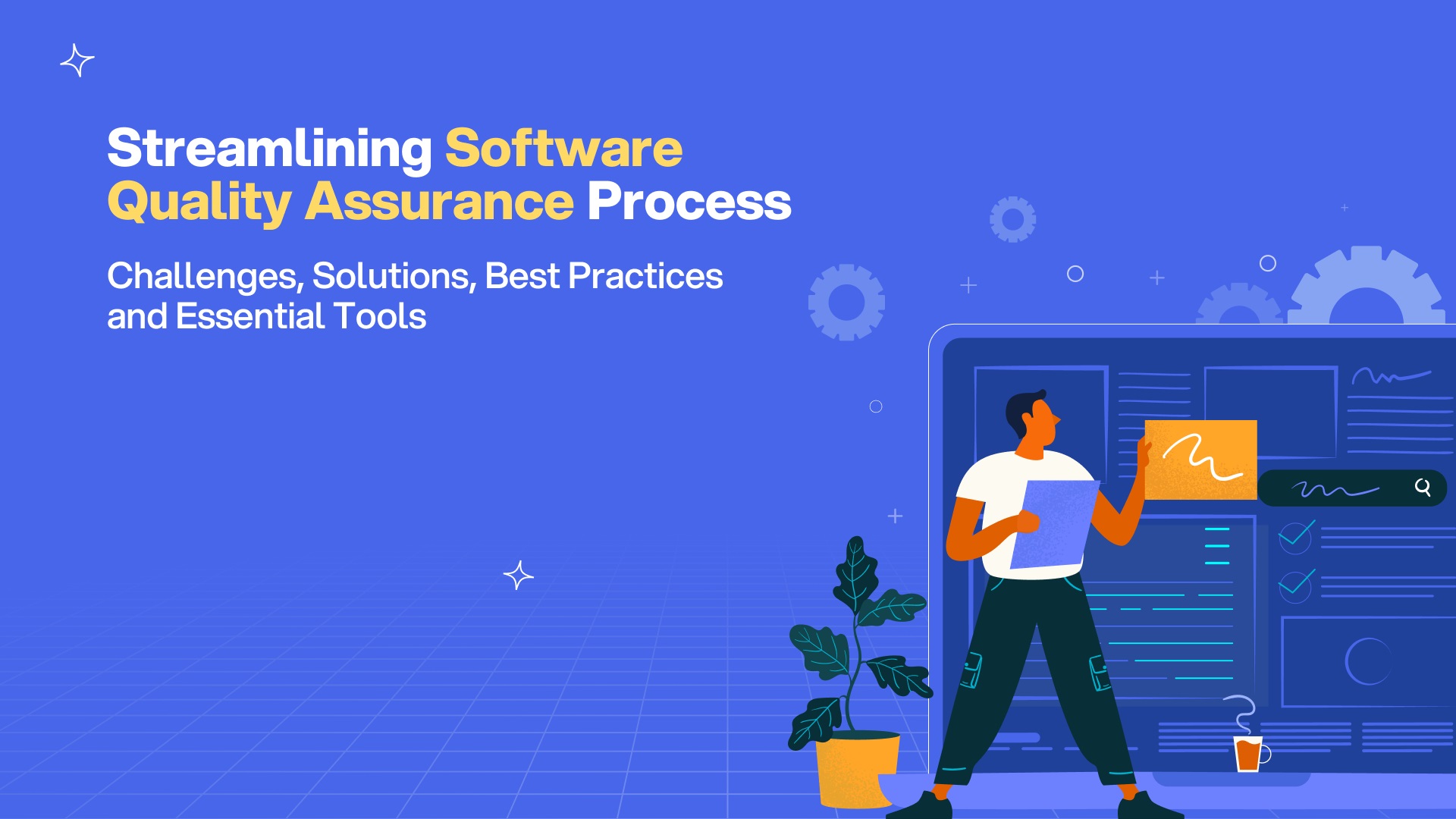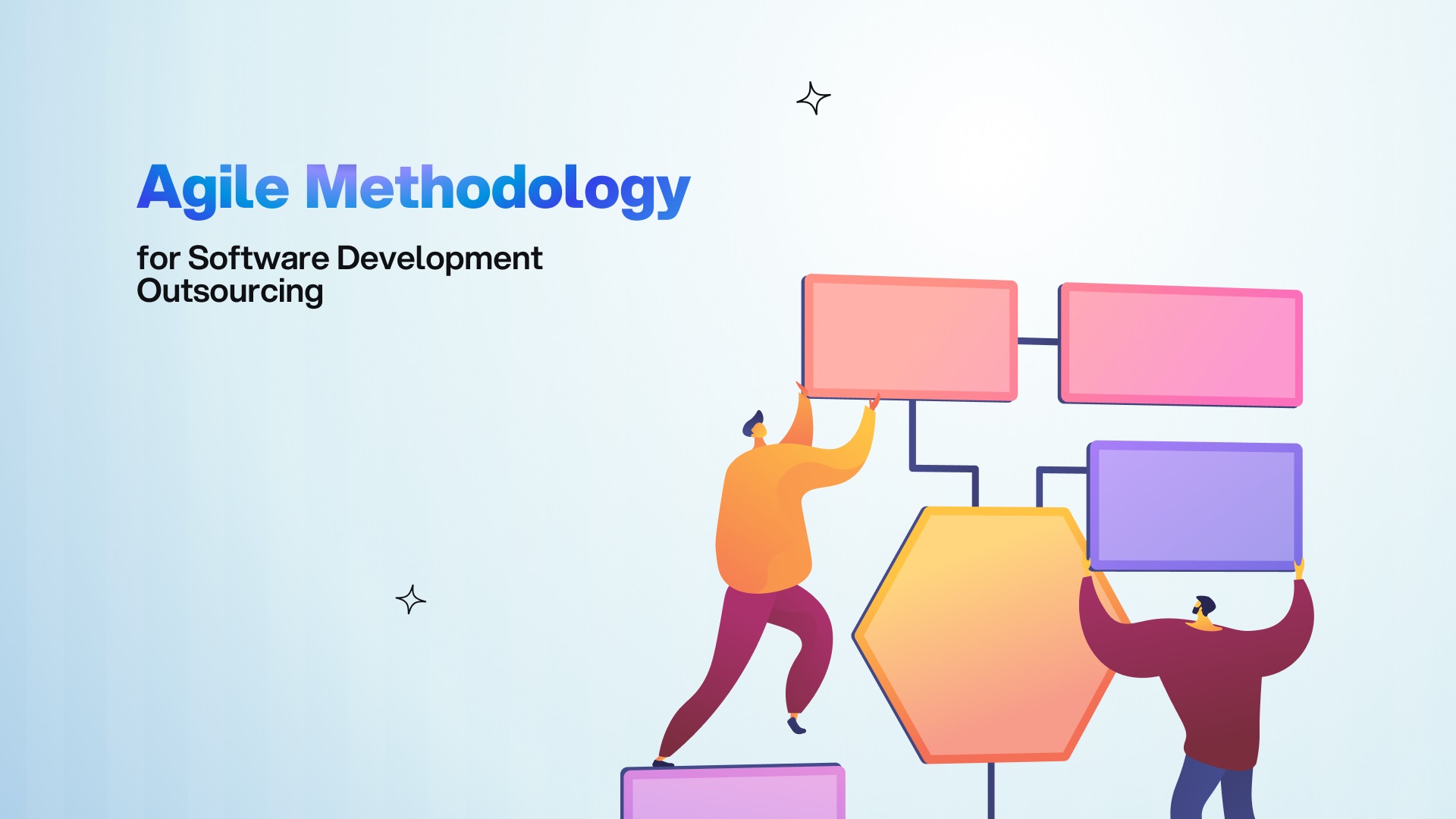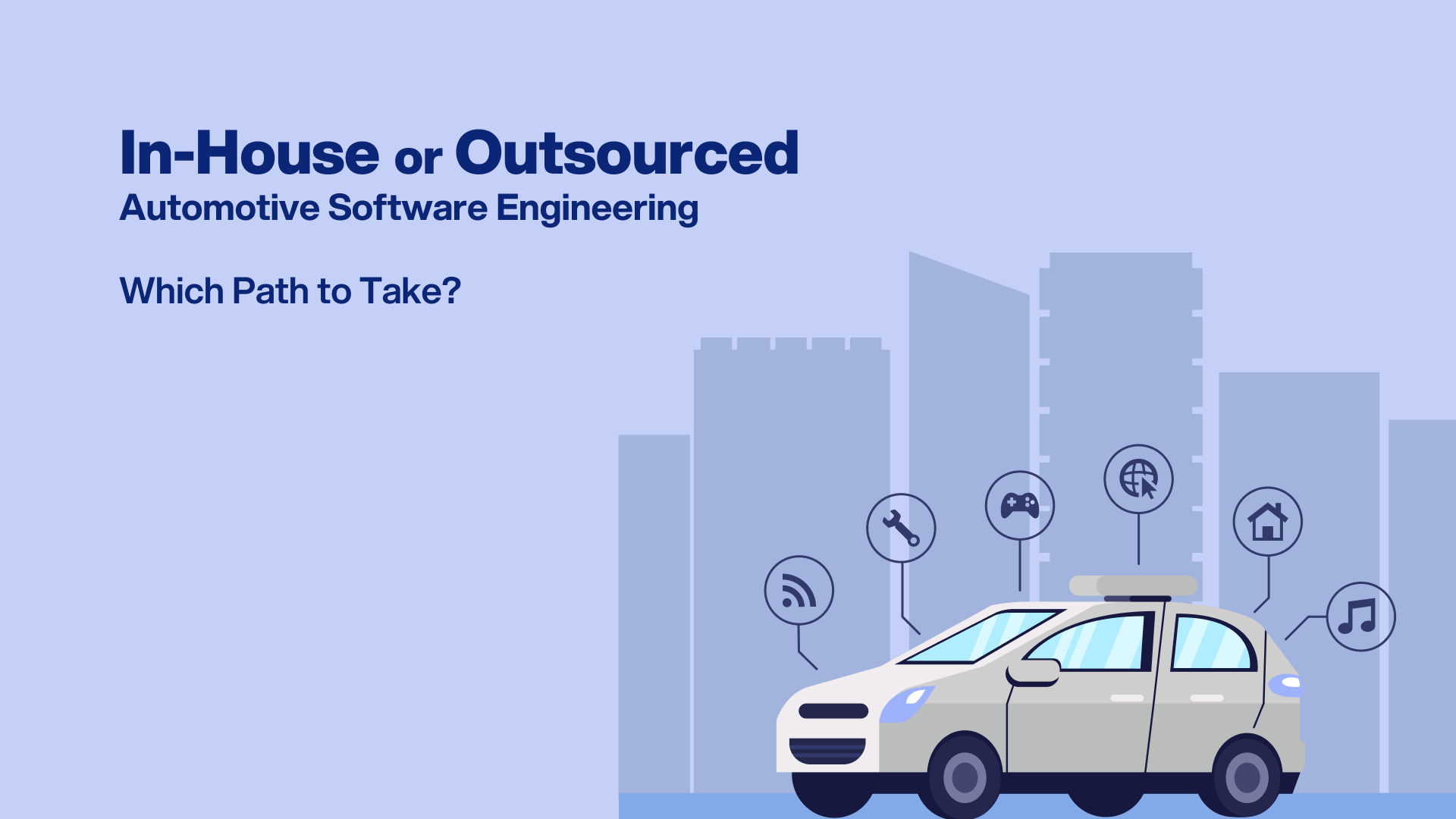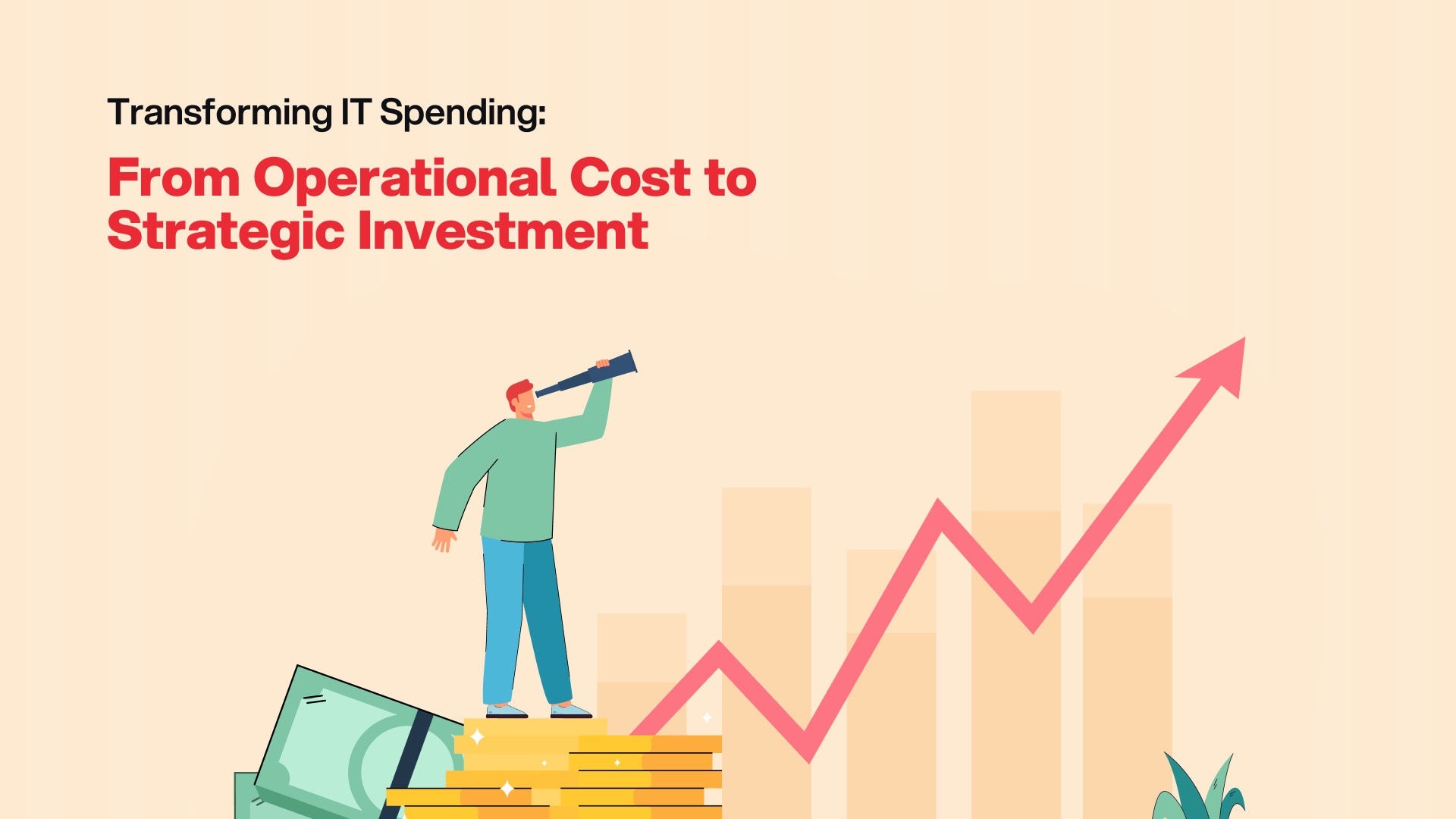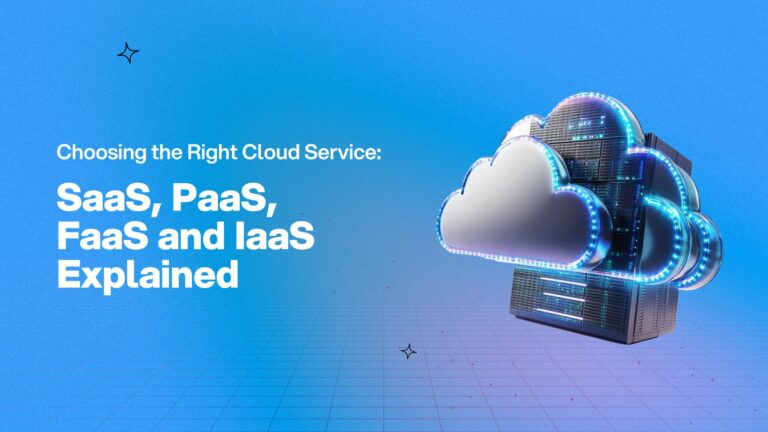
Contents
What are cloud services?
Cloud services encompass infrastructure, platforms, and software hosted by third-party providers and delivered via the internet. Choosing the right cloud service is crucial for businesses seeking scalability, cost-efficiency, and innovation. These services enable seamless data exchange between users’ devices—such as servers, tablets, desktops, and laptops—and the provider’s systems. By leveraging cloud services, organizations can build cloud-native applications and benefit from enhanced flexibility. Users need only a computer, an operating system, and an internet connection to access these resources.1
Cloud computing services encompass all infrastructure, platforms, software, and technologies accessible via the internet without requiring additional software downloads. This includes the following as-a-Service solutions.
- Software as a Service (SaaS)
- Platform as a Service (PaaS)
- Infrastructure as a Service (IaaS)
- Functions as a Service (FaaS)
Let’s explore these cloud service models to help you in choosing the right cloud service for your business needs.
Software as a Service (SaaS)
Software as a Service (SaaS) is a cloud-based model that provides applications and their infrastructure through a web browser, making it ideal for businesses and individuals who:
- Want to avoid the expense and hassle of managing infrastructure and software.
- Prefer predictable, subscription-based pricing (OPEX over CAPEX).
- Require minimal customization to meet their needs.
- Value flexible, scalable subscription models.
SaaS lowers upfront costs by eliminating the need for on-site IT infrastructure or permanent software purchases. However, reliable internet is crucial for performance. Examples include Google Docs, Microsoft 365, and enterprise solutions for HR, e-commerce, CRM, and IDEs. Vendors typically choose between two deployment models:
- Hosting the solution in their own data center.
- Using a public cloud provider like AWS, Azure, or IBM Cloud to manage the hosting environment.
SaaS applications use multitenant architecture to keep customer data separate. The provider manages updates, bug fixes, and maintenance, while users access the software via a web browser. Though fully functional, SaaS solutions may offer API integrations (e.g., REST, SOAP) for added connectivity.
SaaS typically follows a subscription-based model, unlike perpetual licenses. Subscriptions can be billed monthly or annually. This includes access to the service, documentation, and support under an SLA. Some providers may charge extra for custom code modifications.2
Platform-as-a-Service (PaaS)
Platform as a Service (PaaS) provides a ready-made software platform for developers to build, run, and manage applications without handling infrastructure. It simplifies development by removing the need for setup and maintenance, allowing users to focus on coding and innovation.
PaaS can run in the cloud or on-premises. In managed offerings, the provider hosts both hardware and software, delivering the platform as an integrated service via the internet, so users don’t have to manage underlying systems.
PaaS offers key benefits such as handling server maintenance, infrastructure updates, and platform setup, allowing users to focus on app development. With the provider managing these tasks, software teams can build and deploy applications more efficiently without worrying about underlying systems. PaaS also enhances scalability and enables easy migration due to its cloud-based nature.3
When choosing a PaaS solution, these are a few important factors to consider:
- Features in the solution
Ensure the platform meets your app’s needs and can scale as usage grows. - Compatibility with your language and framework
Ensure the PaaS solution is compatible with your language and framework to avoid performance issues or compatibility problems. - Provider’s reliability
Choose a trusted provider with a strong track record for long-term stability. - User-base support
Ensure the platform can handle both current and future user demands.
Find Your Perfect Software Outsourcing Partner
Unlock a world of trusted software outsourcing companies and elevate your business operations seamlessly.
Discover CompaniesInfrastructure as a service (IaaS)
Infrastructure as a Service (IaaS) delivers IT infrastructure over the internet. It is often linked to serverless computing and allows users to run applications without managing hardware.
IaaS is appealing because traditional infrastructure requires significant time and investment, lengthy procurement processes, securing physical spaces, and ongoing maintenance by IT professionals. Scaling traditional setups can be difficult, with the risk of capacity exhaustion or overinvestment in underused resources. These challenges are driving the growing adoption of IaaS.4
Consider the following when you are choosing an IaaS provider:
- Flexibility: Choose a provider that lets you purchase only the necessary components and scale them as needed.
- Affordability: IaaS offers low overhead and no maintenance costs, allowing you to pay for only what you use, like a utility bill.
- Control: Ensure that you maintain control over your infrastructure while relying on the provider for hardware management.
- Security: Make sure that the provider has strong security measures and disaster recovery protocols to guarantee business continuity.
- Multitenant Systems: Verify data isolation and protect against the “noisy neighbor” effect, where one user’s high usage impacts others.
- Service: Review the provider’s SLAs to understand the minimum response time and effort they guarantee for resolving resource provisioning issues.
- Reliability: Choose a provider with proven reliability, as their performance directly affects yours.
Function as a Service (FaaS)
Function as a Service (FaaS) is a cloud model that lets developers build, run, and manage application functions without managing infrastructure. It operates on an event-driven model, running functions in stateless containers that handle server-side logic and state. Available on major public cloud platforms and for on-premise deployment, FaaS boosts enterprise IT for app development. A cloud-native strategy enables a smooth serverless approach with FaaS.
Popular FaaS solutions include:
- IBM Cloud Functions
- AWS Lambda (Amazon Web Services)
- Google Cloud Functions
- Microsoft Azure Functions (open source)
- OpenFaaS (open source)
Function as a Service (FaaS) allows developers to run web applications in response to events without managing servers. For example, uploading a file can trigger code to transcode it into multiple formats. FaaS is metered on demand, using an event-driven model to ensure resources are available only when needed, unlike traditional PaaS, which relies on continuously running server processes. Modern PaaS offerings now integrate serverless features, blending PaaS and FaaS. Most applications use a mix of these technologies, combining functions, microservices, and long-running services. Ultimately, the best cloud service for a business depends on its specific needs.5
Conclusion
Choosing the right cloud service from SaaS, PaaS, IaaS, or FaaS depends on your business goals, scalability needs, and budget. SaaS offers ready-to-use applications, PaaS simplifies development, IaaS provides scalable infrastructure, and FaaS supports event-driven, serverless computing. By using these models, businesses can optimize costs, boost scalability, and drive innovation. As cloud computing evolves, understanding these models helps organizations make informed decisions and create resilient IT environments. Whether using a single model or combining multiple solutions, cloud services are essential for digital transformation.
References
[1] What are cloud services? ↩
[2] What is SaaS? ↩
[3] What is PaaS? ↩
[4] What is IaaS ↩
[5] What is FaaS ↩

